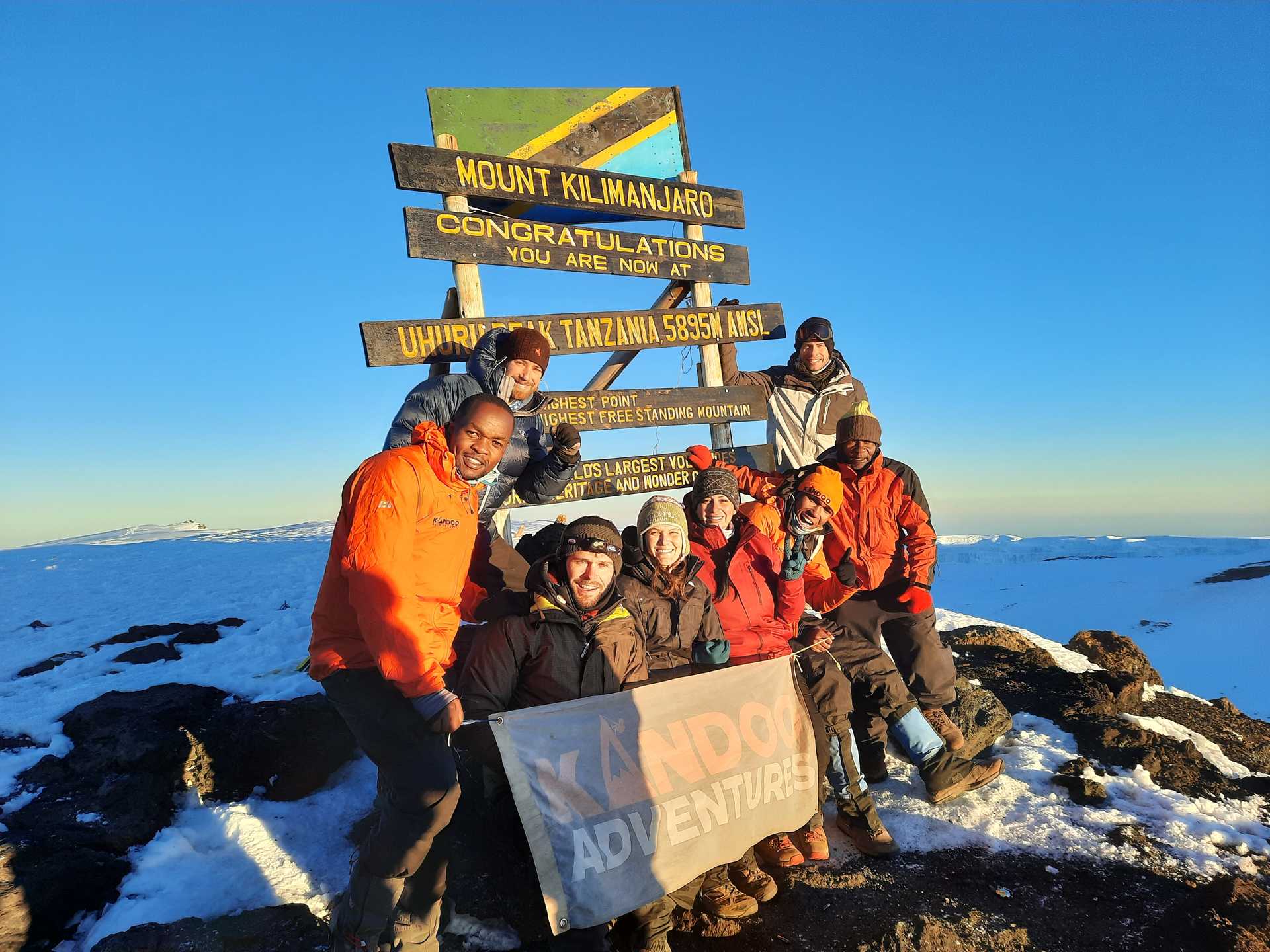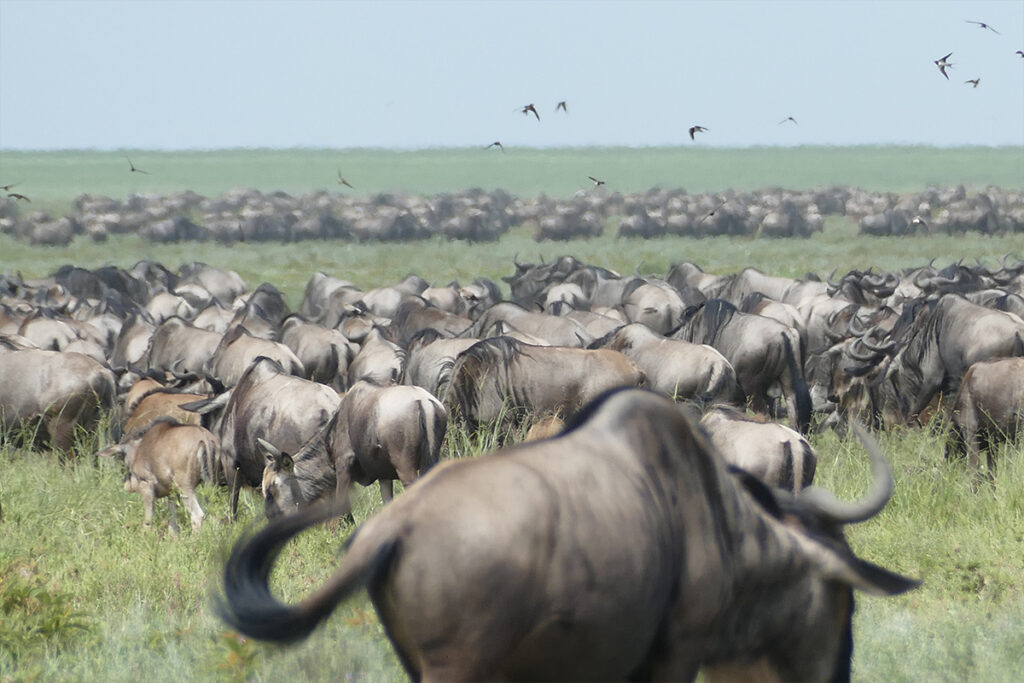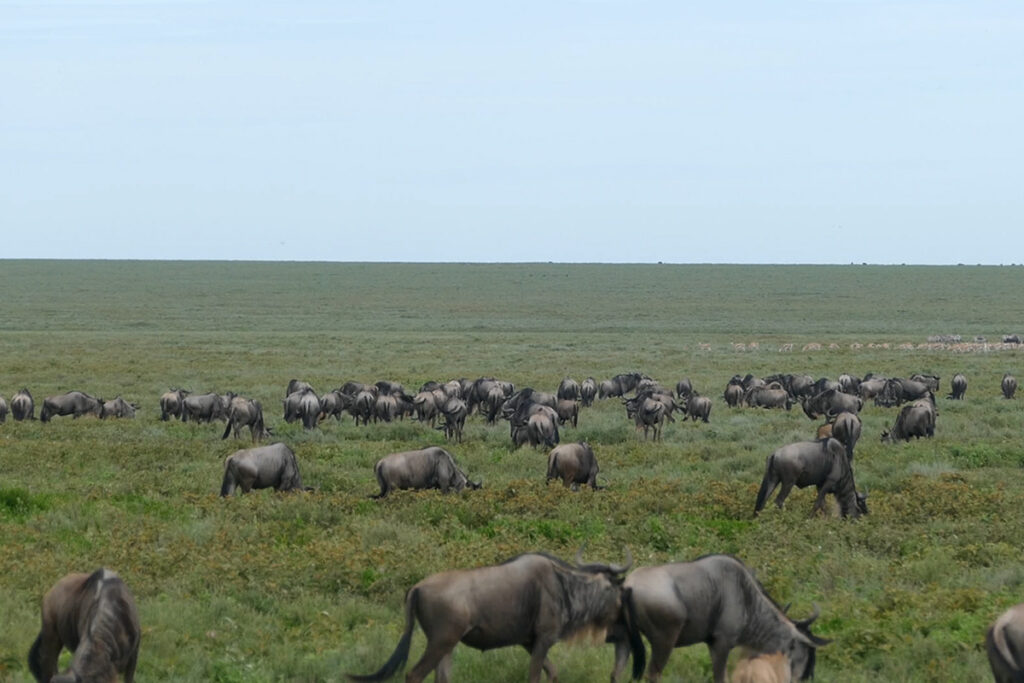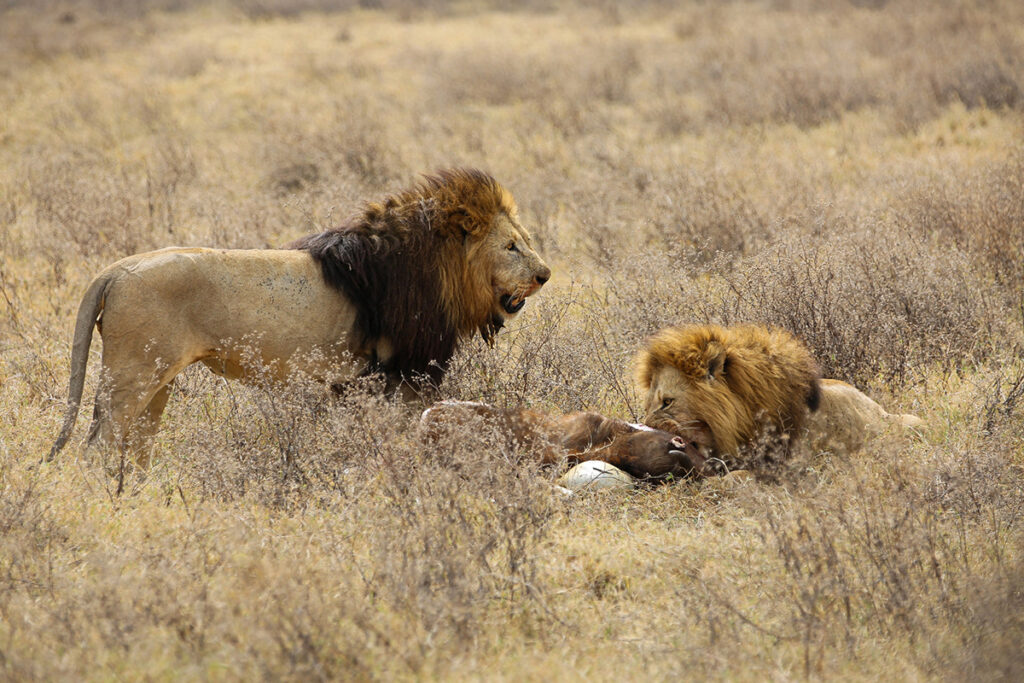Ever wondered what it takes to stand atop Africa’s tallest peak? You might be surprised to learn that many climbers tackle Mount Kilimanjaro without prior camping experience. They embark on this journey driven by determination and guided tours that offer comprehensive support.
Kilimanjaro National Park climbing guides play a crucial role, ensuring climbers’ safety and comfort. By providing porters, chefs, and quality gear, even those new to camping can manage. Statistics show that around half of Kilimanjaro’s summit seekers are inexperienced campers, yet they succeed remarkably due to the well-organized trekking infrastructure in place.

Can I climb Kilimanjaro without camping experience?
Many people ask if they can climb Kilimanjaro without any camping experience. The answer is yes, but preparation is key. Guided tours offer the essential support and equipment needed for the climb. These tours provide porters to carry luggage and chefs to prepare meals. This makes it easier for those unaccustomed to outdoor living.
Tour companies ensure that climbers have the required gear. This includes tents, sleeping bags, and cooking equipment. With these provided, climbers don’t need to worry about the logistics. This allows them to focus on the climb itself. It also ensures a safer and more enjoyable experience.
Experience isn’t the only factor in a successful climb. Physical fitness and mental preparation are equally important. Training hikes, along with cardiovascular exercises, can help prepare climbers. Additionally, a positive mindset can make a significant difference. Confidence and determination often lead to successful summits.
Several successful climbers had little or no camping experience before Kilimanjaro. Their achievements show that determination and proper guidance can overcome inexperience. Many guiding companies share these success stories. They serve as inspiration for those considering the climb. So, lack of camping experience shouldn’t hold you back from reaching the summit of Kilimanjaro.
The Role of Guided Tours in Mount Kilimanjaro Climbing
Guided tours play a crucial role in ensuring the safety and success of Mount Kilimanjaro climbers. These tours provide experienced guides who know the terrain well. They offer valuable advice and support throughout the journey. This includes managing the pace and acclimatization to avoid altitude sickness. Tour guides’ expertise is essential for climbers’ well-being.
Another significant aspect of guided tours is the logistical support they offer. Porters are hired to carry heavy gear, allowing climbers to focus on their journey. Chefs prepare nutritious meals to keep climbers’ energy levels high. With tents and other camping equipment provided, climbers can rest comfortably. This comprehensive support system makes the climb more approachable.
Guided tours also enhance the overall experience by promoting camaraderie among climbers. Group dynamics play a big role in maintaining motivation and morale. Guided tours often include climbers with varying levels of experience. This diversity enables participants to learn from one another. Sharing stories and challenges builds a sense of community.
Many guided tours offer educational components as part of the adventure. They provide information about the flora, fauna, and history of Kilimanjaro. This enriches the journey beyond just the physical challenge. Learning about the environment adds depth to the experience. It transforms the climb into an educational and memorable adventure.
How to Prepare for Climbing Kilimanjaro Without Camping Experience
Preparation for climbing Kilimanjaro, especially without camping experience, involves building physical endurance. Regular exercise is vital, focusing on activities like hiking, walking, and running. These activities help in building stamina for the trek. Think about carrying a backpack during your workouts to simulate the trek experience. Achieving physical readiness will boost your confidence and make the climb more manageable.
Understanding the essential gear is another vital step. Some key items include a sturdy pair of hiking boots, layered clothing for various temperatures, and a high-quality rain jacket. Use this list when planning your trip:
- Thermals and warm hats
- Sunblock and sunglasses
- Waterproof bags and hydration packs
Engage in mental preparation to handle the challenges of Kilimanjaro’s terrain. Familiarize yourself with the route descriptions and what to expect during each phase. Planning for rest days and acclimatization is crucial. Mental readiness can help reduce stress during the climb. A calm mind can tackle unexpected hurdles effectively.
Consider joining online or local hiking groups to gather insights. Listening to others’ experiences provides practical tips for your journey. Participating in discussions can help you feel part of a supportive community. This network can offer encouragement and answer any lingering questions. Engaging with experienced hikers will boost your confidence as you prepare to conquer Kilimanjaro.
The Stories of Successful Climbers Without Previous Camping Experience
Many have reached Mount Kilimanjaro’s summit without any prior camping experience. Their journeys often start with a mix of excitement and apprehension. One such story is of a teacher from New York who had never camped before. She credited her success to thorough preparation and a supportive tour group. By the end, she had a newfound appreciation for the outdoors.
Another inspiring story involves a group of friends from London. None of them had camped before, but they decided to climb Kilimanjaro as a challenge for charity. Their journey was filled with laughter, learning, and perseverance. Despite their inexperience, their close bond helped them push each other forward. Together, they reached the summit, proving that teamwork can make a huge difference.
A solo climber from Australia also shared his experience. He had never set up a tent or spent a night in the wild before tackling Kilimanjaro. He joined a guided tour and relied heavily on the expertise of the guides and porters. By following their advice and maintaining a positive attitude, he successfully reached the top. His story highlights the importance of trust and guidance.
Several families have also completed the climb together, with some members having no camping experience. One family from Canada included two teenagers who were new to camping. They found that combining their skills and supporting each other was key. The parents took on more experienced roles, while the teens contributed their energy and enthusiasm. This collective effort led the entire family to the summit.
Here are some key takeaways from these stories:
- Preparation and determination are crucial.
- Guided tours offer invaluable support.
- Teamwork and camaraderie can overcome inexperience.
- Success is possible with the right mindset and support system.
These stories serve as a reminder that with the right attitude and support, anyone can achieve great things. Whether climbing solo, with friends, or family, reaching Kilimanjaro’s summit is within reach. These account of success show that previous camping experience is not a strict requirement for this incredible adventure.
Frequently Asked Questions
Mount Kilimanjaro captivates adventurers worldwide, presenting challenges and thrills like no other. Here, we address common questions about this iconic climb, providing insights to enhance your experience.
1. What is the best time of year to climb Kilimanjaro?
The best time to climb Mount Kilimanjaro is during the dry seasons. These periods run from January to mid-March and June to October. During these months, climbers experience more stable weather and clearer skies. This not only enhances their trek but also offers a safer climbing environment.
While it is possible to climb during the rainy seasons, conditions are much harsher. Trails become slippery and visibility is reduced. Climbers often face heavier equipment loads due to the need for more wet-weather gear. Choosing the right time can significantly impact your overall Kilimanjaro experience.
2. How long does it take to climb Kilimanjaro?
The duration to climb Kilimanjaro can vary, but most routes take between five to nine days. Taking longer routes allows for better acclimatization, reducing the risk of altitude sickness. Longer treks also increase the chances of reaching the summit successfully, as they provide more time to adjust.
Popular routes like the Machame and Lemosho routes typically take six to eight days. Each route offers different experiences and challenges, so choosing based on your fitness and experience level is important. Adequate preparation and choosing the right number of days contribute greatly to a successful climb.
3. What type of clothing should I pack for the Kilimanjaro climb?
Packing the right clothing for Kilimanjaro is essential for comfort and safety. It’s important to layer, as temperatures can vary greatly from base to peak. Essential items include thermal base layers, a fleece jacket, a waterproof outer layer, and proper headgear. All these items help you adapt to changing weather conditions.
Footwear is equally crucial; boots should be sturdy with good ankle support. Gloves, hats, and socks should be of high quality for warmth at higher altitudes. Remember, packing wisely can be the difference between a comfortable trek and facing challenging conditions unprepared.
4. What is altitude sickness, and how can it be prevented on Kilimanjaro?
Altitude sickness occurs when your body struggles to adapt to lower oxygen levels at high altitudes. Symptoms can include headaches, nausea, and dizziness. To mitigate risks, climbers should acclimatize at a gradual pace and stay hydrated. Rest and close observation of health symptoms are key during the ascent.
Trekking with experienced guides can provide additional oversight and advice. They can identify early signs of sickness and recommend necessary actions. Remember, altitude sickness can affect anyone, regardless of fitness, so vigilance is key.
5. Do I need a special permit to climb Kilimanjaro?
Yes, climbing Mount Kilimanjaro requires permits, which are usually arranged by tour operators. These permits include park entry fees and camping charges, essential for legal and safe climbing. Working with a reputable operator ensures all administrative necessities are handled efficiently.
The permits cost varying amounts depending on the route and duration. Always plan for these costs as part of your climbing budget. Proper planning ensures a seamless experience from start to finish, allowing you to focus on the adventure ahead.
Conclusion
Climbing Mount Kilimanjaro is a rewarding adventure that offers both challenges and remarkable experiences. With careful preparation, the right equipment, and support from experienced guides, climbers can achieve the summit regardless of previous camping experience. This journey not only tests physical limits but also fosters personal growth and unforgettable memories.
Whether you are a seasoned hiker or a novice, Kilimanjaro welcomes all levels of explorers. The allure of reaching Africa’s highest peak inspires many to take on this challenge. In the end, the climb is not just about the destination, but the incredible journey and stories created along the way.



